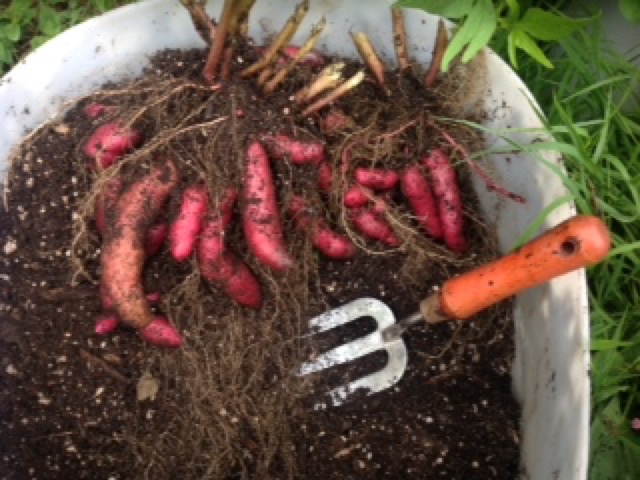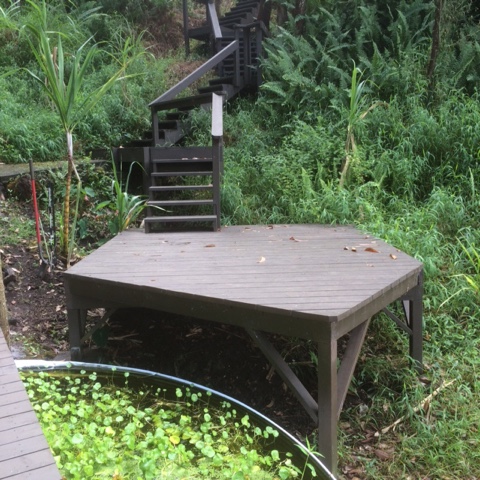...How to grow coffee indoors.
...Growing citrus trees in giant pots which are moved indoors during the winter.
...Greenhouse production of tomatoes.
...Poly tunnels for winter lettuce.
...Crop production in extreme deserts.
Even how to keep chickens producing eggs during freezing, dark winters.
I get the feeling that if a crop isn't normally suited to your environment, the advice is to simply throw a lot of money and effort at it. Commercial farming does it at times. Hobby growers are doing it too.
I don't. Well, I don't put a lot of effort and resources into it, although I experiment for fun.
I don't see the sense to put so much of my resources into trying to produce a crop that doesn't want to be on my farm in the first place. While I may try a few plants here and there of summer squash or cucumbers, I am hard pressed to justify the expense of a large insect proof greenhouse, along with drip irrigation and ventilation fans, just to produce a decent sized crop of whatever doesn't want to thrive here. And just because I used to eat lots of squash and cucumbers in my former life doesn't mean that I must continue to eat them now. No. Just go find some other food to eat, one that actually likes growing on my farm.
Besides summer squash and cucumbers, what other crops do I tend to opt out of? Soybean. Fava bean. Okra. Brussels sprouts. Tomatoes other than cherry and grape. Sweet peppers. Sweet corn. While I still experiment with a few plants here and there, I don't put extra money or extreme effort into my experiments in trying to grow them.
I tend to grow what grows. That ends up being many traditional veggies and a few fruits that I'm used to eating, but it often means learning to grow something new to me. And more importantly, learning to eat it. Like what? Taro. Sweet potato greens. Turmeric. Guava. Lilokoi. Daikon. Okinawan spinach. Breadfruit. Papaya. Soursop. Pipinola. Plantains. I'm planning on trying cassava, but I don't know anything about it yet.
When it comes to growing those challenging crops that don't really want to grow here, I look at it as a fun experiment....not a serious food growing endeavor. That way I don't get bummed out when that particular crop fails yet another time.....time after time after time. But generally I simply accept the fact that it just doesn't like to grow in my location.














































